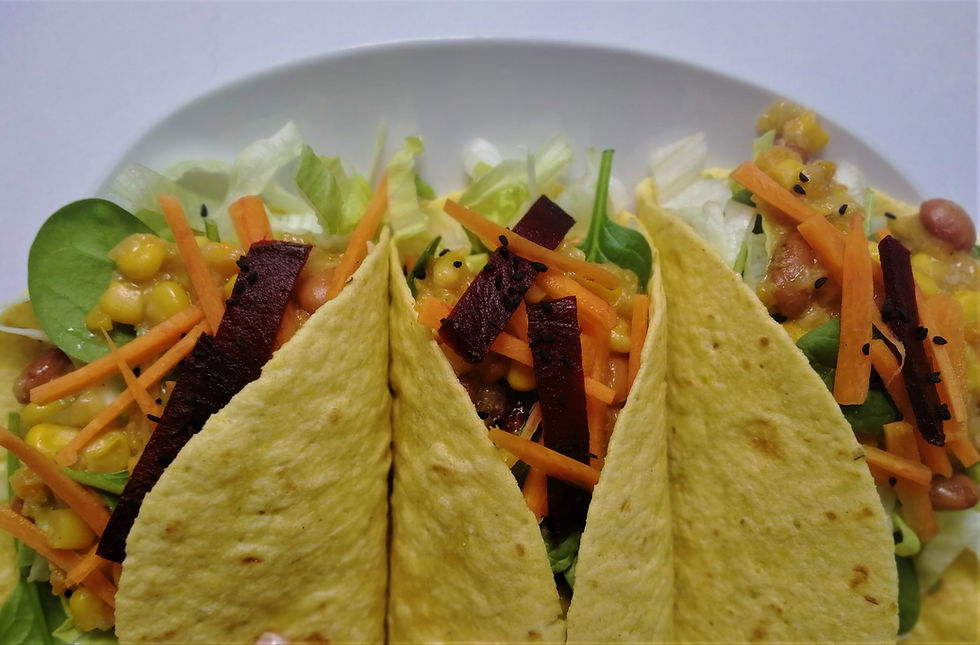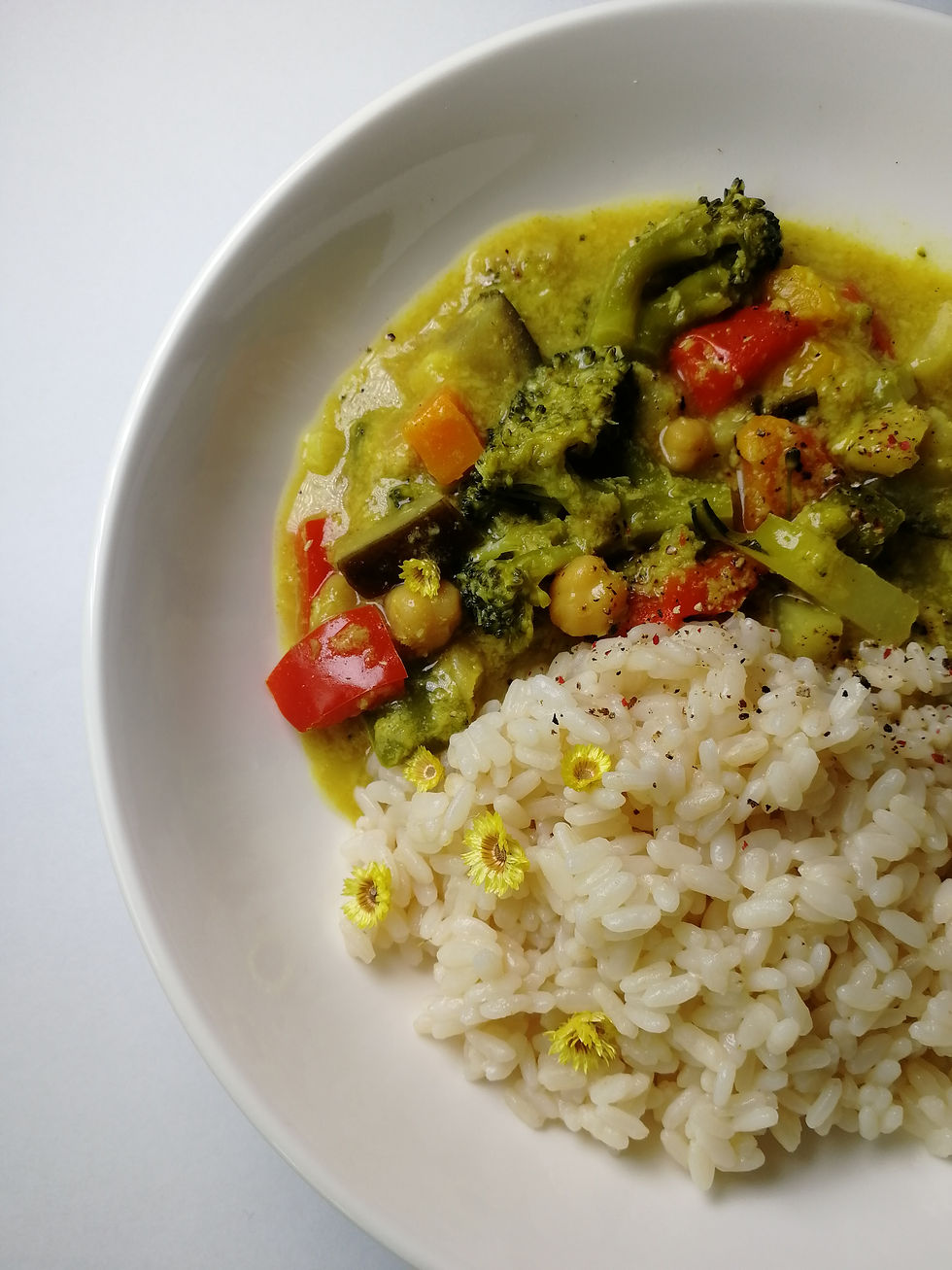Popeye's pal: Spinach myths unravelled
- Hungry Pumpkin

- Sep 3, 2019
- 3 min read
Updated: Jan 8, 2020
For today's lunch we prepared mashed potatoes and chickpeas along with a
spinach and lentil sauce. Before we get into all of the tasty details though, it's time to
talk spinach like the promised last time.

Spinach has long been presented to us as a miracle food. Remember being
young and having your parents say you had to eat spinach to get strong? Well,
Popeye and his cartoon certainly had a few of us believing this!
When we get to talking about the iron content of spinach, there are a couple
of myths that go around. In fact, it is a myth within a myth (mythception!): the first
is that spinach has a high iron content, and the myth inside this one is that the
previous myth was due to a misplaced decimal point when calculating the iron
content of spinach, and that the allegedly high iron content then led to the US
government creating the Popeye cartoon in the 1930s to get people to eat more
healthy vegetables.

Where do these legends stand? Well, spinach actually has an iron content
similar to that of other vegetables, so an error WAS present when this initial
calculation was done. That being said, it wasn't a misplaced decimal point that
caused this mistake, but an error in analytic procedures, which were not very
precise at the time the research was carried out and often were plagued by issues of
sample contamination. This issue was compounded by people copying numbers
incorrectly from textbook to textbook through the 20th century even though the
correct (lower) content was published in scientific literature (and this is why you
need to be careful of what you read!).
Where does Popeye come in to all of this? Well, it turns out his spinach power
comes not from its iron, but from its vitamin A content. Popeye himself even
explains this in one of his first shows! Though the vitamin A content of spinach is
indeed higher than most vegetables, it is still less than half that of carrots.
What we cooked

Before starting to cook, we soaked our lentils and chickpeas in water to reduce our cooking time. Unfortunately this does require a bit of forethought, so this meal is not meant to be thrown together on no notice (unless you use canned chickpeas and lentils).
When we actually began to cook, the legumes were the first things in. We then started peeling potatoes, which we also peeled and began to cook into mashed potatoes before adding it to the chickpeas. By cooking them together we save space on the stove, which is important for us in our tiny kitchen! We then cooked the onions in oil before adding the half-cooked lentils, which we then cooked to perfection here. Towards the end we added fresh spinach as well as some salt and our favourite Indian spice blend. This was then cooked until the spinach had softened.

For the mashed potatoes and chickpeas, we decided to use our dear stick blender to get everything whipped up together and reduce the cooking time. In this case, it is better to use a bit less water and add it in as needed to avoid making mashed potato slop (which would surely just end up being used in a food fight if you have children around). At the end we added a little olive oil and a pinch of salt to flavour.
Cost and nutritional value
Our 4 person lunch ended up costing a total of 3.70€, meaning only 0.90€ per person! We were able to keep the price down since the legumes and potatoes were the main ingredients and also quite affordable. Adding more vegetables to the sauce would increase the price.
As always, the lunch was planned to cover 25% of the daily caloric needs of an average adult. Since we have two different types of legumes here, you won't be surprised to see that we had a lot of protein (51.1% of our daily requirement, to be precise). The lentils were the main contributor (15.4 g) followed by the chickpeas (10.3 g). We also received more than half of our daily requirement of fibre (63.7%) and iron (77.1%). Our fat consumption was a bit low, but this can easily be amended by including more olive oil in the mashed potatoes. We were also low on calcium and magnesium today. The calcium deficit could be fixed by adding radish, beans, or broccoli to the salad or at the next meal as they all contain high levels of calcium. As always, we were also lacking vitamins D and B12.
Wishing you a great week!
The Hungry Pumpkin Team.






Comments